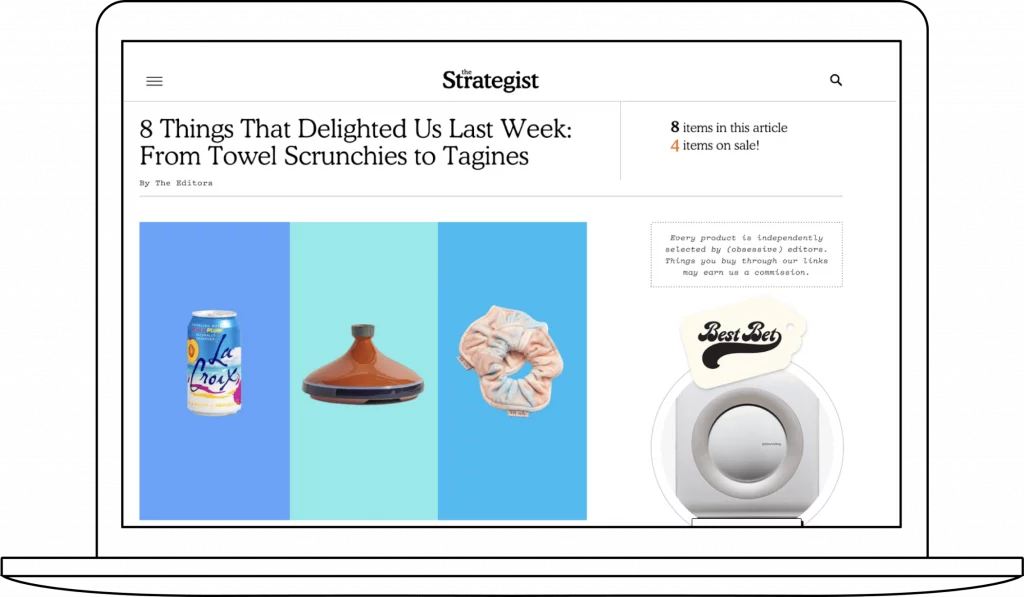Rethinking Revenue in the New Publishing Landscape
How publishers are paving the way forward with diversified, sustainable revenue streams
For a while, the path forward for digital publishers seemed clear: churn out tons of content, most if not all of it free; share it on social media; sell ads against it; and work relentlessly to scale up.
We now know that isn’t the full story. Changes in algorithms by the social media giants have caused outsized disruptions to digital publishers’ revenue. The vast audience the tech giants promised can contract in an instant.

What came next was Web 2.0, the new internet paradigm in which large social platforms like Facebook would serve as gateways — or gatekeepers — to publisher content. At the beginning, the bargain seemed to make sense.
New revenue streams are revitalizing online publishing — and pointing a long-sought path
The publishing industry in the late ’00s was still struggling to adapt to the internet; newsrooms were contracting, and many publications shuttered outright.
The Ad-Supported Model
Google’s looming 2023 third-party cookie ban, and other privacy developments, have led the industry as a whole to turn en masse towards first-party data solutions, which are often more accurate (not to mention less invasive).
“The most exciting movement in the digital advertising sphere is happening around first-party data.”

The Subscription Model
Over the last few years, countless major publishers – like The Wall Street Journal, The Atlantic and The New York Times – have worked to strengthen their subscription operations, and their efforts are paying off.
Of course, there are tradeoffs involved. The kind of content that might earn a lot of clicks on social media is not necessarily the kind of content that might compel someone to subscribe. Figuring out when and where to display a paywall (or registration wall) is a difficult and inexact science.
Still, there’s a reason so many top-tier outlets have made aggressive paywall plays of late: people are willing to pay for quality content that resonates, even more so when there is a vibrant community to engage with.

The E-Commerce Model
Where subscriptions are a kind of throwback, e-commerce is, comparatively, a new frontier, and can take multiple forms.
Affiliate Marketing
Linking to a brand’s product, and taking a cut if the reader makes a purchase.
Branded Content Packages
Publishers earn revenue from branded posts and from any purchases that might be made.
Curated E-commerce Marketplaces
Publishers offering their own licensed products or subscription boxes.
“Consumers today are doing more research than ever before making a purchase, and trusted publishers can play a crucial (and lucrative) role in this process.”

The Hybrid Model
The reality is, most publishers will pursue a mix of the three. And it will depend on your unique business needs and strategy which of the three become most critical for your success. It’s worth noting one commonality between advertisements, subscriptions and e-commerce — namely, the fact that first-party data can help improve all three.
The more you know about your readers — their likes and dislikes, the kinds of content they prefer — the easier it becomes to advertise to them, gain their trust to make purchases, or to get them to subscribe.

How OpenWeb Helps 5,000 Leading Publishers
Publishers gain valuable insights into their audience, which they can use to tailor content, serve timely subscriptions offers, and drastically boost revenue.
The old, primarily ad-supported model was defined, above all, by instability and noise — publishers worked frantically to keep them interested. The new model — defined by multiple diverse, sustainable revenue streams — has the potential to be a much better place for everyone involved. And OpenWeb is here to help.
Trusted by the world's leading publishers












Let's have a conversation.
We help publishers gain independence from traditional social media by fueling millions of high-quality conversations across thousands of communities with more than one hundred million monthly users.